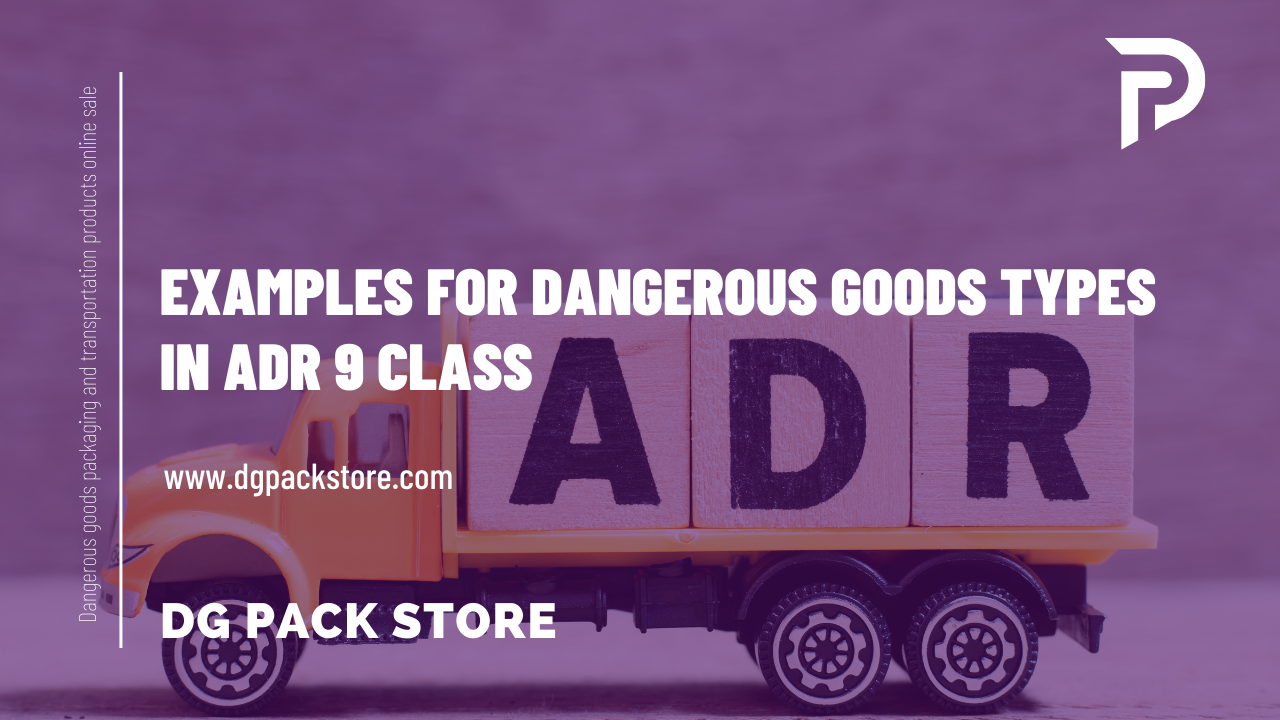Examples for dangerous goods types in ADR 9 class
22-12-2022
14:03

According to the ADR (European Agreement Concerning the International Carriage of Dangerous Goods by Road), dangerous goods are classified into nine classes, based on the type of hazard they pose. Here is a summary of these classes, along with some examples of the types of substances that fall within each class:
Class 1: Explosives
Examples: Dynamite, gunpowder, fireworks
Class 2: Gases
Examples: Propane, acetylene, hydrogen
Class 3: Flammable liquids
Examples: Gasoline, diesel fuel, paint thinner
Class 4: Flammable solids; substances liable to spontaneous combustion; substances which, in contact with water, emit flammable gases
Examples: Matches, celluloid, magnesium
Class 5: Oxidizing substances and organic peroxides
Examples: Chlorine, hydrogen peroxide, peracetic acid
Class 6: Toxic and infectious substances
Examples: Cyanide, pesticides, infectious biological agents
Class 7: Radioactive materials
Examples: Uranium, plutonium, radium
Class 8: Corrosive substances
Examples: Hydrochloric acid, sulfuric acid, sodium hydroxide
Class 9: Miscellaneous dangerous goods
Examples: Asbestos, dry ice, lithium batteries
It is important to properly classify and handle dangerous goods in order to prevent accidents and protect human health and the environment. The ADR provides detailed guidelines on the transportation of these substances, including packaging, labeling, and handling requirements.
Get the dangerous goods handling and packaging products you need with online order now: https://www.dgpackstore.com/en
Visit dangerous goods labels and order online Labels for 9 dangerous goods classes: https://www.dgpackstore.com/en/category/labels-212
Get the dangerous goods handling and packaging products you need with online order now: https://www.dgpackstore.com/en
Visit dangerous goods labels and order online Labels for 9 dangerous goods classes: https://www.dgpackstore.com/en/category/labels-212
